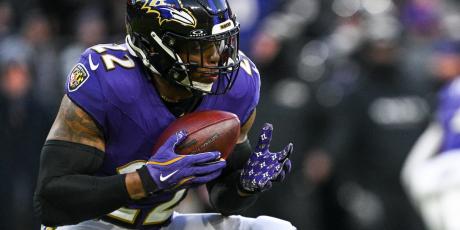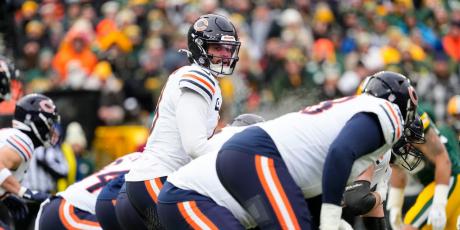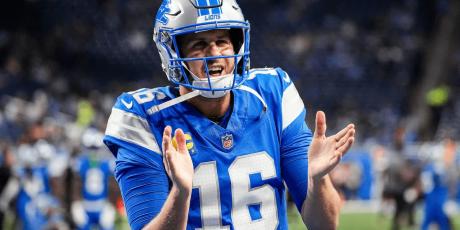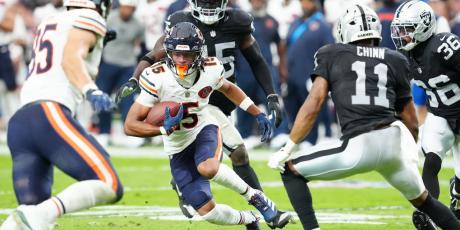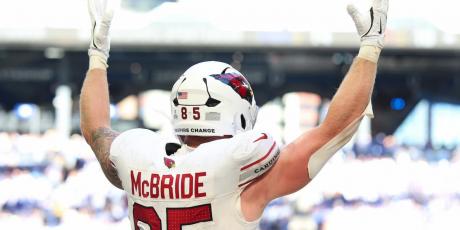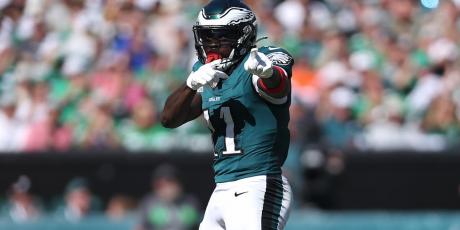How Coaching Impacts Fantasy Football, Part 2: Defense

Whether it was Wade Phillips's defense shutting down Cam Newton in Super Bowl 50, Bill Belichick and Romeo Crennel's defense stifling Marshall Faulk in Super Bowl XXXVI, or even Belichick and Matt Patricia's defense shutting down numerous WR1s last season, when a dominant fantasy star gets held in check, the opposing defense's game plan usually has something to do with it.
Defensive coordinators don't get a lot of attention in fantasy football, however. I recently did a study on offensive play-calling tendencies and found that offensive tendencies depend more on the roster than the coach, so I thought I'd apply the same methodology to DCs, essentially answering the following two questions:
1. How predictive are offensive tendencies against a particular defense from one year to the next when the defense retains its DC, compared to when it changes its DC?
2. Do offensive tendencies against a particular DC carry over when the DC changes teams?
I'll examine the same six tendencies as I did for offensive play-callers. I'll also look at target percentages for each position. Finally, I'll use sack percentage as a proxy for pass rushing aggressiveness (because there's insufficient historical data on team blitz percentages), although it is obviously heavily influenced by personnel.
What Happens When A Team Changes its Defensive Coordinator?
Here is a comparison of the year-to-year correlation (r) in tendencies for teams who retained their DC versus those who changed their DC. All results were significant at the 95% confidence interval.
| Statistic | Correlation |
|---|---|
| Pass % | .44 |
| All WR Tar % | .40 |
| RB Tar % | .33 |
| Deep Pass % | .29 |
| TE Tar % | .17 |
| WR1 Tar % | .17 |
When a team retains its DC, how often its defense is passed against and of how often it is targeted with wide receivers both show a moderate year-to-year correlation. There's also a weak-to-moderate year-to-year correlations with how often a defense is targeted by running backs and how often a defense is challenged deep. Beyond that, the prior year's numbers don't provide much insight into what will happen the year after.
Here are the correlations when a team changes its DC.
| Statistic | Correlation |
|---|---|
| Pass % | .44 |
| Sack % | .20 |
When a team changes its DC, passing percentage against still has somewhat of a relationship from year to year, but wide receiver target percentage against does not.
Sack percentage has a stronger year-to-year correlation when a team changes its DC (r = .20) than when it retains its DC (r = .10), but the correlation is weak either way, and as I mentioned earlier, sack percentage is highly influenced by personnel so I wouldn't put too much stock into it.
One thing is clear based on this study and the previous one: year-to-year team stats are far more sticky on offense than defense.
Does a Defensive Coordinator's Tendencies Carry Over When He Changes Teams?
Below are the correlations between a new hire's first year with his new team and his last year with his old team.
| Statistic | Correlation |
|---|---|
| WR1 Tar % | -.44 |
| All WR Tar % | .32 |
As with the previous study, note that unlike with the last set of correlations, we aren't strictly using one-year-to-the-next comparisons here -- sometimes more than a year has elapsed between jobs for new hires. But as long as both the "old team" season took place in 2006 or later, it was included in the sample. Also note that since we're again using 2006-15, the sample here is naturally smaller than the sample from the previous section of all teams with new hires because many new hires don't have previous NFL experience as a DC.
It turns out that the percentage of time an offense targets its wide receivers against a DC remains somewhat consistent even when a DC has changed teams. This is likely because the scheme a DC favors -- man/zone, cover 1/2/3/4, etc. -- will often take away a certain area of the field (such as the perimeter, where wide receivers most often roam) just based on putting more defenders there, and vice-versa.
Interestingly, WR1 target percentage against has a moderate negative relationship (r = -0.44) when a DC goes to a new team. We're probably seeing a case of regression to the mean here -- DC that has changed teams will often change divisions as well, in which case the quality of WR1s he faces may vary widely.
None of the other correlations were significant.
Bottom Line
Here are the main takeaways:
1. When a team retains its DC, we should be looking at pass percentage against and wide receiver target percentage against, and to a lesser extent, running back target percentage against and deep pass percentage against.
2. When a team changes its DC, the only stat that tends to carry over from the previous DC is pass percentage against.
3. When a team changes its DC, the only stat that carries over somewhat from the DC's old job is wide receiver target percentage against.
Since defensive stats are less sticky than offensive stats, my follow-up article to this (and to 3 Key Fantasy-Relevant Tendencies of Each NFL Offensive Coordinator) will focus not just on the data I discussed here, but on more specific data relevant to each scheme, such as percentage of time sending different amounts of pass rushers, playing base versus nickel versus dime, etc. (This data is more readily available for more recent seasons.)
Still not a subscriber? Join here!

